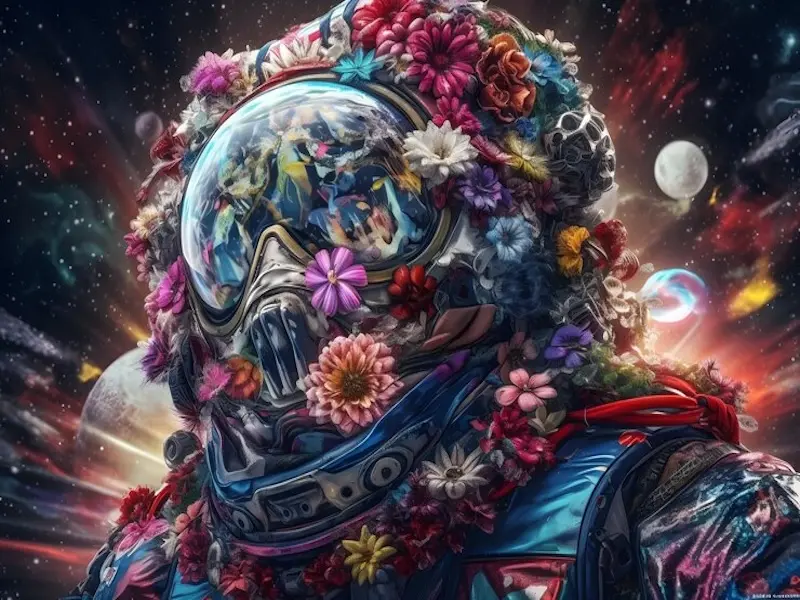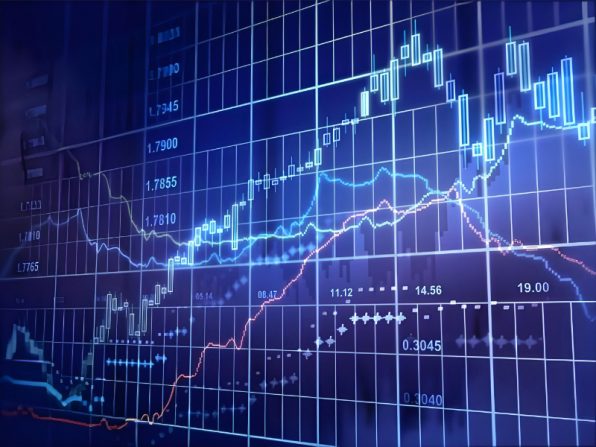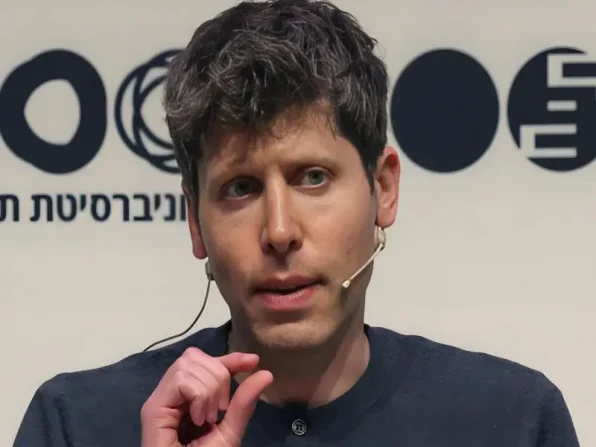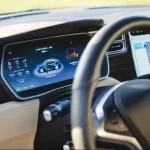- AI-generated art, also known as computational art or algorithmic art, refers to artworks created with the assistance or intervention of artificial intelligence algorithms.
- AI-generated art can take many forms, including paintings, drawings, sculptures, music, poetry, and even virtual reality experiences.
- The legality of selling AI-generated art is a complex and multifaceted issue that touches upon various aspects of intellectual property law, including copyright, trademark, and patent law.
With the rise of artificial intelligence and machine learning algorithms, artists now have powerful tools at their disposal to create stunning works of art. But as AI-generated art gains popularity, questions arise about its legal status, particularly when it comes to selling such creations.
What is AI generated art?
AI-generated art, also known as computational art or algorithmic art, refers to artworks created with the assistance or intervention of artificial intelligence algorithms. These algorithms can range from simple rule-based systems to complex neural networks trained on vast datasets. AI-generated art can take many forms, including paintings, drawings, sculptures, music, poetry, and even virtual reality experiences. The process typically involves providing the AI system with input data, such as images, text, or sound, and allowing it to generate new artistic outputs based on patterns and associations it has learned from the data.
AI-generated art has garnered significant attention in recent years for its novelty, creativity, and potential to challenge traditional notions of authorship and creativity.
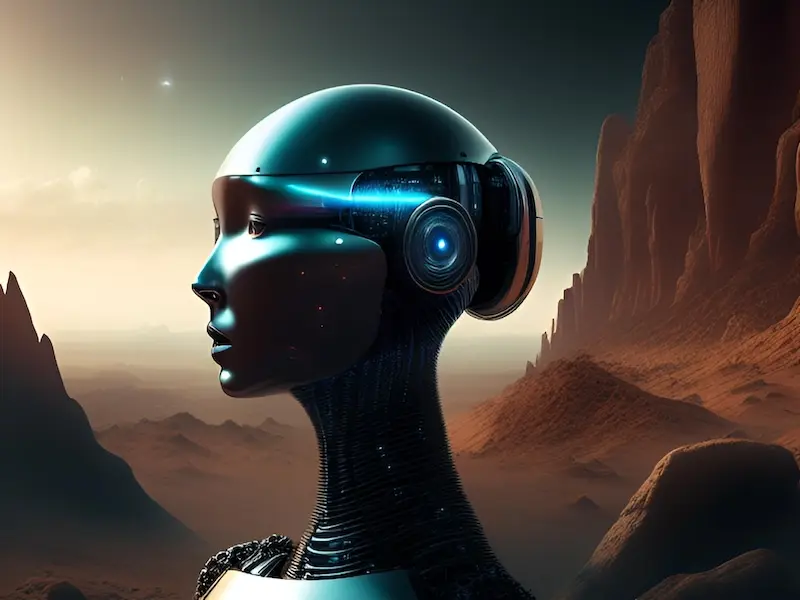
How does AI art work?
AI art works through a combination of algorithms, data, and creative input. Here’s a general overview of how AI art creation typically works:
Data collection and preprocessing: the process often starts with collecting a large dataset relevant to the desired artistic output. For example, if the goal is to generate images of landscapes, the dataset might consist of thousands of landscape photographs. This data is then preprocessed to extract relevant features and prepare it for input into the AI model.
Algorithm selection: different AI algorithms can be used for creating art, each with its strengths and limitations. Common algorithms include generative adversarial networks (GANs), neural style transfer, recurrent neural networks (RNNs), and evolutionary algorithms. The choice of algorithm depends on the desired artistic style and the type of input data available.
Training the AI model: the selected algorithm is trained on the preprocessed dataset to learn the underlying patterns and features of the input data. During training, the algorithm adjusts its parameters iteratively to minimise the difference between its generated outputs and the real data. This process typically requires substantial computational resources and can take days or even weeks to complete.
Generating artistic outputs: once the AI model has been trained, it can be used to generate new artistic outputs based on input provided by the user. This input may take various forms depending on the algorithm used, such as textual descriptions, reference images, or user-defined parameters. The AI model then processes the input and produces an output that reflects the learned patterns and aesthetics of the training data.
Evaluation and refinement: the generated outputs are evaluated by the user or by additional algorithms to assess their quality and adherence to the desired artistic criteria. Based on this evaluation, the AI model may be further refined or adjusted to improve the quality of its outputs.
Iterative improvement: AI art creation is often an iterative process, with the AI model being trained, tested, and refined multiple times to achieve the desired results. Artists and developers may experiment with different input data, algorithms, and parameters to explore new artistic possibilities and push the boundaries of creativity.
Also read: AI tool ReelSphere makes hyperlocal weather videos
AI-generated art for sale
The legality of selling AI-generated art is a complex and multifaceted issue that touches upon various aspects of intellectual property law, including copyright, trademark, and patent law. At the heart of the debate lies the question of authorship: who owns the rights to art created by algorithms?
Copyright law, which grants exclusive rights to the creators of original works of authorship, forms the foundation of the legal framework governing artistic creations. However, determining authorship in the context of AI-generated art can be challenging. Traditional copyright law attributes authorship to human creators, but when an AI system generates a piece of art autonomously, the lines become blurred.
One approach to addressing this challenge is to consider the role of human input in the creation process. While AI algorithms may be capable of producing art independently, they often rely on human programmers or users to provide input, such as selecting parameters or providing training data. In such cases, the law may recognise the human as the author or co-author of the work, with the AI serving as a tool or medium through which the art is realised.
However, not all AI-generated art involves significant human input. Generative adversarial networks (GANs), for example, are AI systems that can generate images entirely on their own, without direct human intervention. In these instances, attributing authorship becomes even more complex. Some argue that the AI itself should be considered the author, while others contend that the programmers or owners of the AI system should retain the rights.
Trademark law also comes into play when considering the sale of AI-generated art. Trademarks are used to identify and distinguish the goods or services of one seller from those of others.
When selling AI-generated art, issues may arise if the work includes trademarks or logos that are protected by intellectual property laws. For example, if an AI algorithm creates a painting that features a recognizable brand logo, the use of that logo without permission could constitute trademark infringement.
Similarly, patent law may intersect with the sale of AI-generated art, particularly if the algorithms or techniques used to create the art are patented. In such cases, selling or reproducing AI-generated art that infringes on existing patents could lead to legal consequences.
Despite these legal complexities, the sale of AI-generated art is becoming increasingly common, with online marketplaces and galleries showcasing and selling works created by algorithms. In some cases, artists and collectors are embracing the unique nature of AI-generated art, viewing it as a novel form of creative expression that challenges traditional notions of authorship and ownership.
To navigate the legal landscape surrounding the sale of AI-generated art, artists, collectors, and entrepreneurs should seek legal guidance and carefully consider the potential risks and implications. Clear agreements and contracts outlining ownership rights and permissions can help mitigate disputes and protect the interests of all parties involved.
As AI technology continues to advance and the boundaries of creativity are pushed ever further, the legal framework governing AI-generated art will likely evolve in response. Whether through legislative action, judicial precedent, or industry standards, the law will play a crucial role in shaping the future of this emerging art form.
Also read: AI girlfriends: Top 10 countries for artificial romance
Some AI art generators
DeepArt: DeepArt allows users to apply various artistic styles to their photos using neural style transfer algorithms. Users can choose from a wide range of predefined styles inspired by famous artists such as Van Gogh, Picasso, and Monet, or create custom styles by uploading their images.
DALL-E: developed by OpenAI, DALL-E is an AI model trained to generate images from textual descriptions. Users can input textual prompts describing the desired image, and DALL-E will generate corresponding images that match the description. It has gained attention for its ability to create surreal and imaginative artworks based on abstract concepts.
Runway ML: Runway ML is a platform that provides access to a variety of AI models for creative projects, including image generation, style transfer, and text-to-image synthesis. It offers a user-friendly interface and supports real-time collaboration, making it popular among artists, designers, and creative professionals.
DeepDream Generator: DeepDream is an AI-based image generation technique developed by Google that produces visually striking and surreal images by enhancing and amplifying patterns in existing images. DeepDream Generator provides an online platform where users can upload their photos and apply the DeepDream algorithm to create unique and psychedelic artworks.
